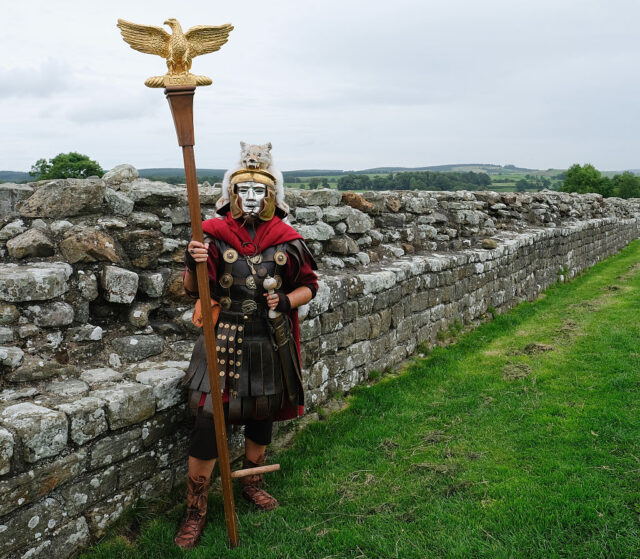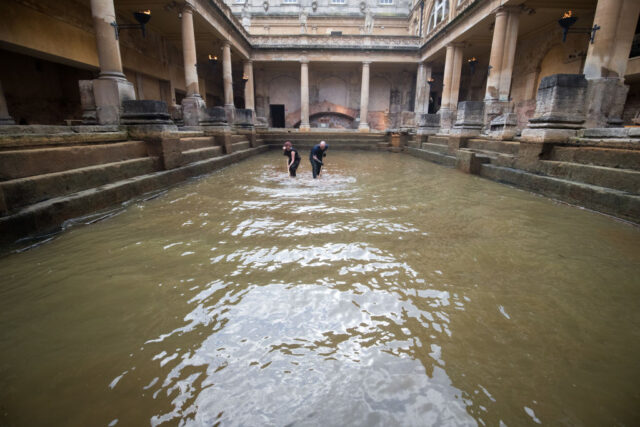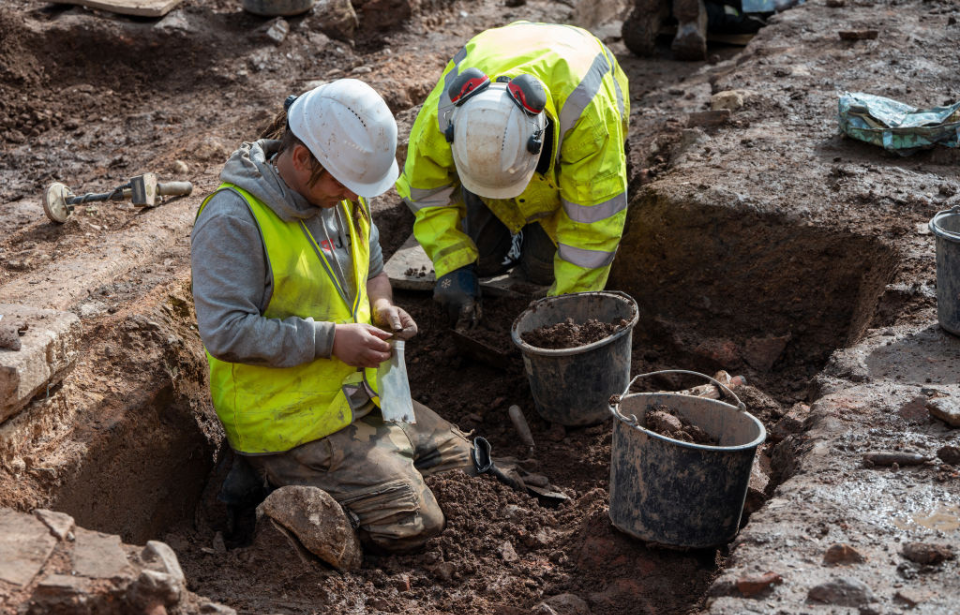Carlisle, England was once called Luguvalio, then Carleol, by the Roman occupants that called it home. Although the area is now a British town, it was home to the Romans stationed at one of their northern outposts, as shown by their proximity to Hadrian’s Wall and the discovery of a cobbled Roman road in the area. This rich past has led to some intriguing historical finds in recent years.
Carlisle archaeology
The most recent discovery was made by a team of archaeologists who began a dig in May 2023 at a rather unique site, the Carlisle Cricket Club. They had been working in the area for years and found various artifacts during this time: over 1,000 pieces of pottery, coins, weapons, and gemstones since 2021.

There were over 30 stones found in January 2023 alone! Detailed tiles were also discovered, which led them to believe that the Roman Emperor Septimus Severus was somehow connected to the site. The area contains such a wealth of material that over 400 volunteers are helping with excavations, as well as a team of professionals from the Wardell Armstrong archaeology firm.
A Roman bathhouse
Yet it’s the two massive Roman sculptures that are of interest at the moment, found on only the second day of the dig. They were located in an area of the cricket club that was once an old Roman bathhouse, the largest building on Hadrian’s Wall. The sandstone sculptures have been identified as two Roman gods and dated back to roughly 200 AD based on the age of the building where they were found.

Since they were only recently pulled out of the ground, the team hasn’t had time to conduct an in-depth analysis of them. According to the lead archaeologist at the site, Frank Giecco, the find “truly shows the significance of the Bathhouse and raises the site to a whole new level of importance with such monumental sculpture and adds to [the] overall grandeur of the building.”
Giant heads
They are massive on their own, but the archaeologists believe that they were once part of larger statues that would have been around 12 to 15 feet tall. Giecco said it isn’t abnormal to find statues like this when excavating bathhouses, “but sculptures of this size are really special.” What makes the find even more special is that it was made by the volunteers, not the team of professionals. One of the volunteers on the team recalled the “really exciting” moment that the find was made.
“An archaeological dig has unearthed two Roman carved heads which have been described as "finds of a lifetime."” #RomanFortThursday #romanarchaeology https://t.co/SQcsBJn0rf
— Lindsay Powell (@Lindsay_Powell) May 25, 2023
They said, “It was when all the real archaeologists, the professionals, got excited and started crowding round themselves that I realised it was properly something to be excited about.” They were right, as Giecco said he has never found anything like it in his 30 years of working as an archaeologist.
More from us: 500-Year-Old Shipwrecks Give ‘Breakthrough’ Details About Ming Dynasty Trade Routes
Although many artifacts have already been unearthed, there is a chance that the team could find even more. The dig will be ongoing until late June 2023, and open for public tours until then.
Share your thoughts about this discovery in the comments section below!
